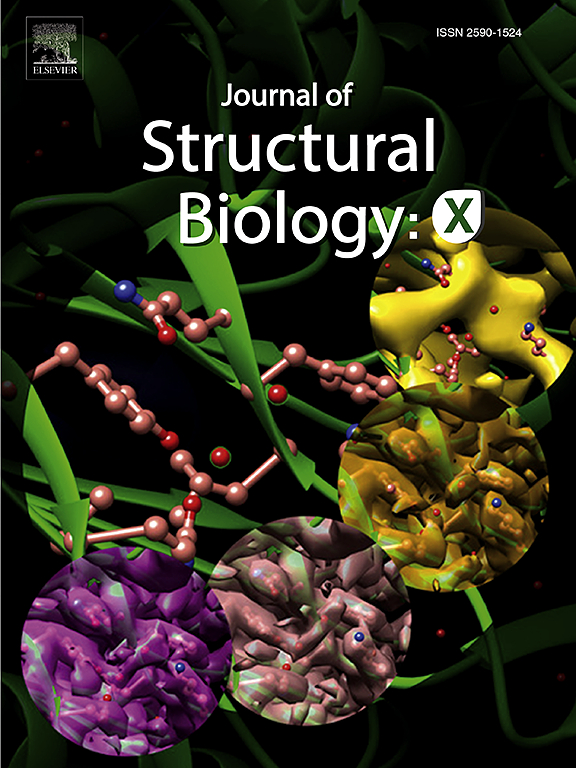AITom: AI-guided cryo-electron tomography image analyses toolkit
IF 2.7
3区 生物学
Q3 BIOCHEMISTRY & MOLECULAR BIOLOGY
引用次数: 0
Abstract
Cryo-electron tomography (cryo-ET) is an essential tool in structural biology, uniquely capable of visualizing three-dimensional macromolecular complexes within their native cellular environments, thereby providing profound molecular-level insights. Despite its significant promise, cryo-ET faces persistent challenges in the systematic localization, identification, segmentation, and structural recovery of three-dimensional subcellular components, necessitating the development of efficient and accurate large-scale image analysis methods. In response to these complexities, this paper introduces AITom, an open-source artificial intelligence platform tailored for cryo-ET researchers. AITom integrates a comprehensive suite of public and proprietary algorithms, supporting both traditional template-based and template-free approaches, alongside state-of-the-art deep learning methodologies for cryo-ET data analysis. By incorporating diverse computational strategies, AITom enables researchers to more effectively tackle the complexities inherent in cryo-ET, facilitating precise analysis and interpretation of complex biological structures. Furthermore, AITom provides extensive tutorials for each analysis module, offering valuable guidance to users in utilizing its comprehensive functionalities.

ai引导的低温电子断层成像图像分析工具包
低温电子断层扫描(cryo-ET)是结构生物学中必不可少的工具,具有独特的在其原生细胞环境中可视化三维大分子复合物的能力,从而提供深刻的分子水平见解。尽管前景广阔,但冷冻电镜在三维亚细胞成分的系统定位、识别、分割和结构恢复方面面临着持续的挑战,需要开发高效、准确的大规模图像分析方法。针对这些复杂性,本文介绍了为低温et研究人员量身定制的开源人工智能平台AITom。AITom集成了一套全面的公共和专有算法,支持传统的基于模板和无模板的方法,以及用于低温低温数据分析的最先进的深度学习方法。通过结合多种计算策略,AITom使研究人员能够更有效地解决cryo-ET固有的复杂性,促进复杂生物结构的精确分析和解释。此外,AITom还为每个分析模块提供了广泛的教程,为用户利用其综合功能提供了有价值的指导。
本文章由计算机程序翻译,如有差异,请以英文原文为准。
求助全文
约1分钟内获得全文
求助全文
来源期刊

Journal of structural biology
生物-生化与分子生物学
CiteScore
6.30
自引率
3.30%
发文量
88
审稿时长
65 days
期刊介绍:
Journal of Structural Biology (JSB) has an open access mirror journal, the Journal of Structural Biology: X (JSBX), sharing the same aims and scope, editorial team, submission system and rigorous peer review. Since both journals share the same editorial system, you may submit your manuscript via either journal homepage. You will be prompted during submission (and revision) to choose in which to publish your article. The editors and reviewers are not aware of the choice you made until the article has been published online. JSB and JSBX publish papers dealing with the structural analysis of living material at every level of organization by all methods that lead to an understanding of biological function in terms of molecular and supermolecular structure.
Techniques covered include:
• Light microscopy including confocal microscopy
• All types of electron microscopy
• X-ray diffraction
• Nuclear magnetic resonance
• Scanning force microscopy, scanning probe microscopy, and tunneling microscopy
• Digital image processing
• Computational insights into structure
 求助内容:
求助内容: 应助结果提醒方式:
应助结果提醒方式:


